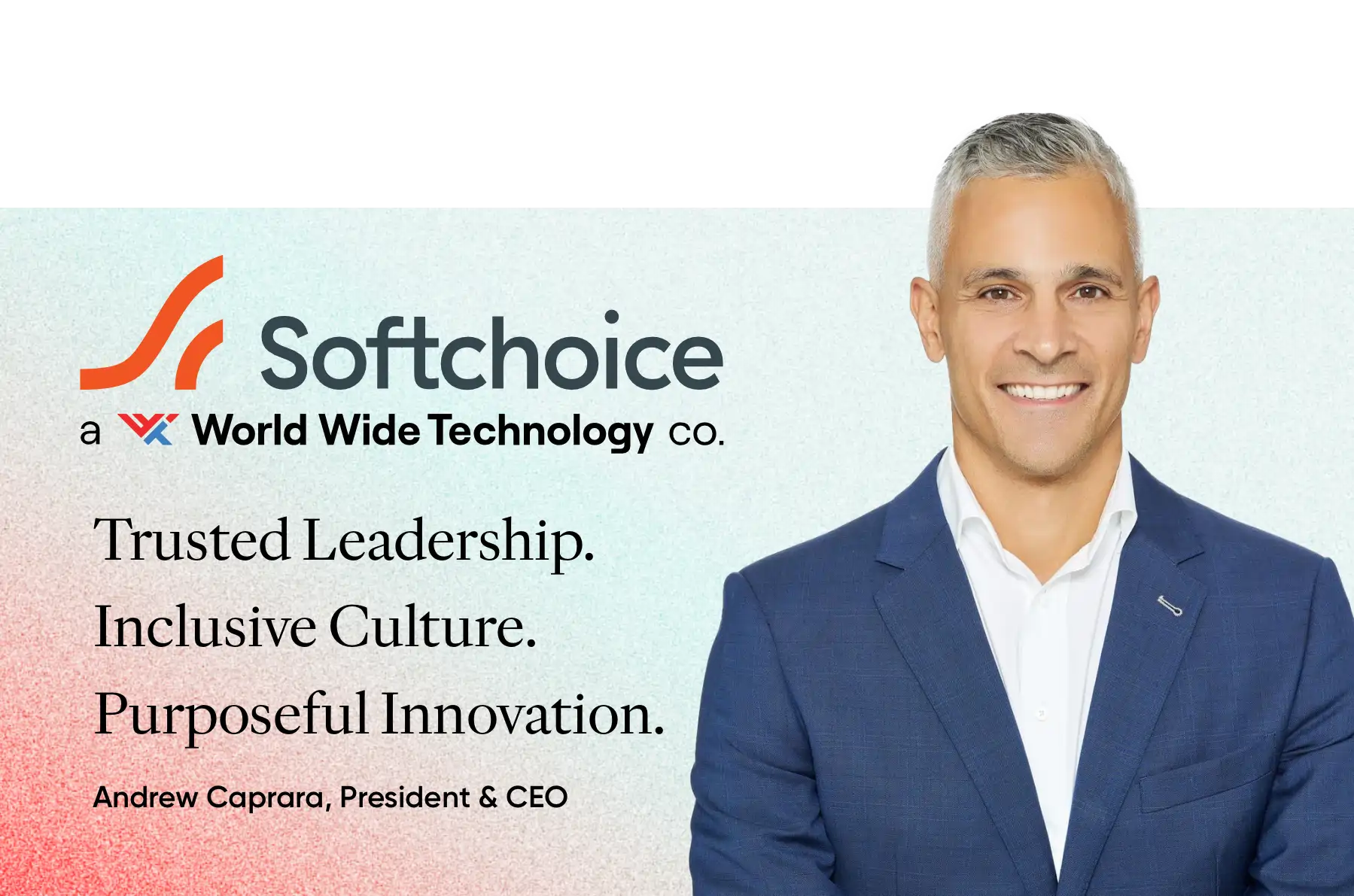Company Culture, High Trust Behaviour, Employee Recognition, Employee Pride, Employee Trust
The skills gap—the disconnect between the skills employees currently possess and those required by their roles—is one of the most pressing challenges facing organizations today. As industries evolve, driven by rapid technological advancements and shifting market demands, closing this gap has become critical for businesses looking to maintain their competitive edge. Addressing this issue goes beyond simply offering training; it involves fostering a culture of continuous learning that aligns organizational goals with individual growth.
Article Highlights
- Understanding the Skills Gap: Learn why addressing the skills gap is a priority for modern organizations and how it impacts productivity, employee satisfaction, and competitiveness.
- Creating a Learning Culture: Discover how leadership involvement, employee ownership, and equitable access to development opportunities drive a culture of continuous learning.
- Practical Strategies for Growth: Explore actionable steps such as leveraging data, diversifying training approaches, and aligning learning with business goals to effectively close the gap.
- Technology and Implementation: See how AI-driven personalization and accessible learning platforms can scale employee development and support real-world application of new skills.
Building a Learning Culture

Developing an adaptable workforce starts with embedding learning into an organization’s values. This foundation relies on three key principles:
- Leadership Commitment
Leaders set the tone for learning by actively supporting development initiatives, encouraging participation, and demonstrating their own commitment to growth. A high-trust culture begins with leadership that prioritizes continuous improvement.
- Employee Engagement
When employees feel ownership over their development, they are more motivated to learn. Providing tools and resources tailored to individual needs helps employees align their growth with personal and professional goals.
- Inclusive Access to Opportunities
Ensuring all employees have equitable access to learning opportunities creates a workforce where everyone can thrive, regardless of their role or background.
Strategies for Closing the Skills Gap

To address the skills gap effectively, organizations must adopt a combination of structured approaches and adaptable tools:
- Leverage Workforce Data: Use employee surveys and performance metrics to identify specific skill gaps and target high-impact training areas.
- Diversify Learning Approaches: Incorporate microlearning for quick insights, experiential learning for hands-on application, and collaborative learning for team-based problem-solving.
- Align Training to Objectives: Tie development programs to key business goals, ensuring employees understand how their learning contributes to the organization’s success.
The Role of Managers

Managers are essential in driving employee development, bridging the gap between organizational priorities and individual aspirations:
- Foster Regular Growth Discussions: Encourage ongoing dialogue about skills and career aspirations during one-on-one meetings.
- Support with Resources: Provide managers with tools to track progress and identify learning opportunities for their teams.
- Celebrate Achievements: Recognizing employees who complete training or apply new skills reinforces a culture of learning.
Integrating Technology
- AI for Personalization: Use AI-powered platforms to recommend tailored learning paths based on an employee’s role and career goals.
- Accessible Platforms: Offer online and mobile-friendly resources to allow employees to engage with learning materials at their convenience.
Technology can streamline and personalize the development process, ensuring scalability and relevance:
Embedding Learning into Workplace Culture
Making learning a part of everyday work ensures its sustainability:
- Encourage Application: Provide opportunities for employees to apply new skills to their tasks, reinforcing the value of training.
- Share Success Stories: Highlight examples of how development has positively impacted employees and the organization to inspire others.
FAQs
- How can organizations identify their specific skills gaps?
Start by gathering data through employee surveys, performance reviews, and feedback sessions. Analyze trends to pinpoint areas where skills are lacking and prioritize those most critical to the organization’s objectives. - What are some cost-effective ways to implement training programs?
Leverage free or low-cost online learning platforms and partner with industry organizations that offer training. Use internal expertise by encouraging employees to share their knowledge through peer-led workshops. - How can managers support employees in their development journey?
Managers can provide regular feedback, help employees set clear learning goals, and create development plans that align with both individual aspirations and business needs. Providing recognition for learning achievements is also key to maintaining motivation. - What steps can businesses take to ensure employees apply their new skills?
Create projects or tasks that directly use newly learned skills. Encourage employees to collaborate with their peers to share insights, and provide follow-up training sessions to reinforce application.
Tools & Resources
- Company Culture : Cultivating a thriving company culture that drives performance is essential. GPTW Canada helps organizations assess and improve their workplace culture using the Trust Index™ Survey, which provides actionable insights based on employee feedback. This tool helps shape a positive culture, enhancing employee retention and boosting overall productivity.
- Leadership and Development : Effective leadership is the cornerstone of a successful organization. GPTW Canada’s leadership programs focus on developing high-trust leaders who foster team collaboration, respect, and performance. With specialized leadership assessments and development tools, companies can create a leadership pipeline that drives employee engagement and business results.
- Diversity and Inclusion : Diversity and inclusion (D&I) are fundamental to creating an inclusive workplace. GPTW Canada provides resources such as the Trust Index™ Employee Survey to help organizations measure and improve D&I efforts. These tools enable businesses to create strategies that promote inclusivity, improve innovation, and enhance employee satisfaction by ensuring all voices are heard and valued.
- Employee Engagement : Engaged employees are more productive and loyal. The Trust Index™ Survey and other GPTW resources help organizations measure employee engagement, providing actionable insights to enhance trust, collaboration, and purpose within teams. These tools focus on improving employee well-being, boosting morale, and aligning employee goals with organizational success.
Feedback
We value your feedback! Your insights are crucial to helping us create meaningful content. Did the strategies in this article inspire new approaches to closing the skills gap and fostering continuous employee development in your organization? Are there specific challenges you'd like us to address? Share your suggestions or ideas with us. Together, we can create resources that make a real impact. Have feedback? Fill out this form by clicking here.
Get Certified 
Want to know how your employees feel about your development programs? Get Certified today and learn the answer to this question and gain many more insights along the way.






